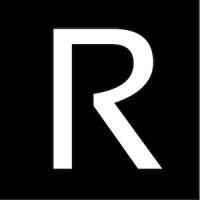Living with Fire
In a fire-filled era, we’re as vulnerable—and as strong—as our neighbors
Steve Brown observed fire behavior during a prescribed burn in late June. Steve earned his FFT2 certification with Fire Forward in March, 2021. As fire and smoke impact our landscapes and communities, we owe it to each other to learn about how to live with fire more safely.
At Rain we’re starting to see a global trend of awareness around fire, as more and more people realize we are only as safe as our neighbors. This is so clearly illustrated by the impact of smoke from Canadian wildfires in our Northeast and Midwest communities here in the US, and which has made its way to our other neighbors, in Europe. What I find comforting in spite of all this is that while fires are increasing in size and severity, we’re also learning to come together to find new ways of managing our lands, and of preventing catastrophic wildfire.
In late June I attended Sonoma County’s 2023 Living with Fire Forest Conservation Conference, where I learned of many resources for landowners and connected with a prescribed burn community. This all felt a lot like going home both because it was held less than 15 miles from where I grew up, and because when I lived there I was very much steeped in studies of ecology, serving as a naturalist at the Fairfield Osborn Preserve in the hills above Sonoma. Many Sonoma County residents have personally experienced evacuation or catastrophic loss of property due to fire—several of California’s most deadly fires occurred here, within the last decade. Many attendees shared their frightening first-hand view of aggressive fire behavior and wanted to learn what they could do to slow it down.
Asa Voight, Annie Madden and Bill Basquin show us their top recommendation for managing brush, the Stihl FS 240 with a shredder blade (this has to be run with the bicycle handles, and all proper safety gear).
Conference sessions ranged from getting started with a forest stewardship plan to helping connect people with available financial resources. Conversations around best practices, how to work with neighbors on forest management plans and the best gear took place all day on the spacious Shone Farm Campus of the Santa Rosa Junior College (SRJC)—a campus so pretty it made me want to go right back to school. The SRJC’s Fire Resilience curriculum is further evidence of Sonoma County’s close relationship with fire—their mandate is to introduce over 300 students per year to topics pertaining to wildfire resilience and equip graduating students with the tools and knowledge to work in service of wildfire prevention and management.
A compelling slide on the benefits of good fire at Monan’s Rill, an intentional intergenerational community in Sonoma County. Above on the left is a landscape scarred by a recent wildfire, on the right the area that had previously been treated with a prescribed burn.
Sonoma County is a unique landscape in that 93% of private forested ownerships are less than 100-acre holdings. For forest stewardship (and by extension, fire safety), this means there’s a complex mosaic of land owners who need to work together in a coordinated effort to steward the land. I found it heartening to listen to panelists talk about how they began to form neighborhood coalitions to support each other, develop evacuation plans, and even in some cases organizing 501(c)3 cooperatives so that they could apply for grants. It was clear that they had begun to think of their neighborhood not in terms of which street they live on, but which watershed they are part of, a boundary much more relevant in a natural event like fire or flood, or recovery from either.
The prescribed burn I observed was conducted by the Sonoma Valley Wildlands Collaborative, a group of six organizations working together in an effort to address good fire practices in Sonoma Valley.
One very compelling way people are working on fire resilience is by lessening fuel loads on their properties, by pruning and the like, and also by applying fire to the landscape in controlled conditions. That Friday I met Chris Carlson, a Stewardship Manager for Sonoma Land Trust, who was going to be conducting a prescribed burn the following day. He said I’d be able to observe, so I ran home that night and packed up my camera gear. At Rain we’re always on the lookout for prescribed burns. We believe that the suite of tools we’re building can serve as a backstop on prescribed burns, and we also want to build ‘good fire’ models into our fire perception to make sure that as much as possible, we’re allowing natural fires to carry on.
So far I’d been to two prescribed burns (also sometimes abbreviated to Rx burns) in the conifer forests of Plumas County—but Saturday’s prescribed burn just outside of Sonoma was going to be a bit different. Where I grew up is a rolling oak woodland, which features tall, dry grass and big, gorgeous old oaks—a landscape that had been carefully managed by the Indigenous stewards of the land for eons with the use of fire. This means that not only is fire really necessary to protect the oaks, but it was going to be much different fire behavior than I’d seen before, namely taller flames, going through faster. It was also a much larger operation, put together in a partnership between Audubon Canyon Ranch and Sonoma Land Trust on their adjoining properties, with support vehicles and crew from Cal Fire and volunteers associated with the Prescribed Burn Association The Good Fire Alliance.
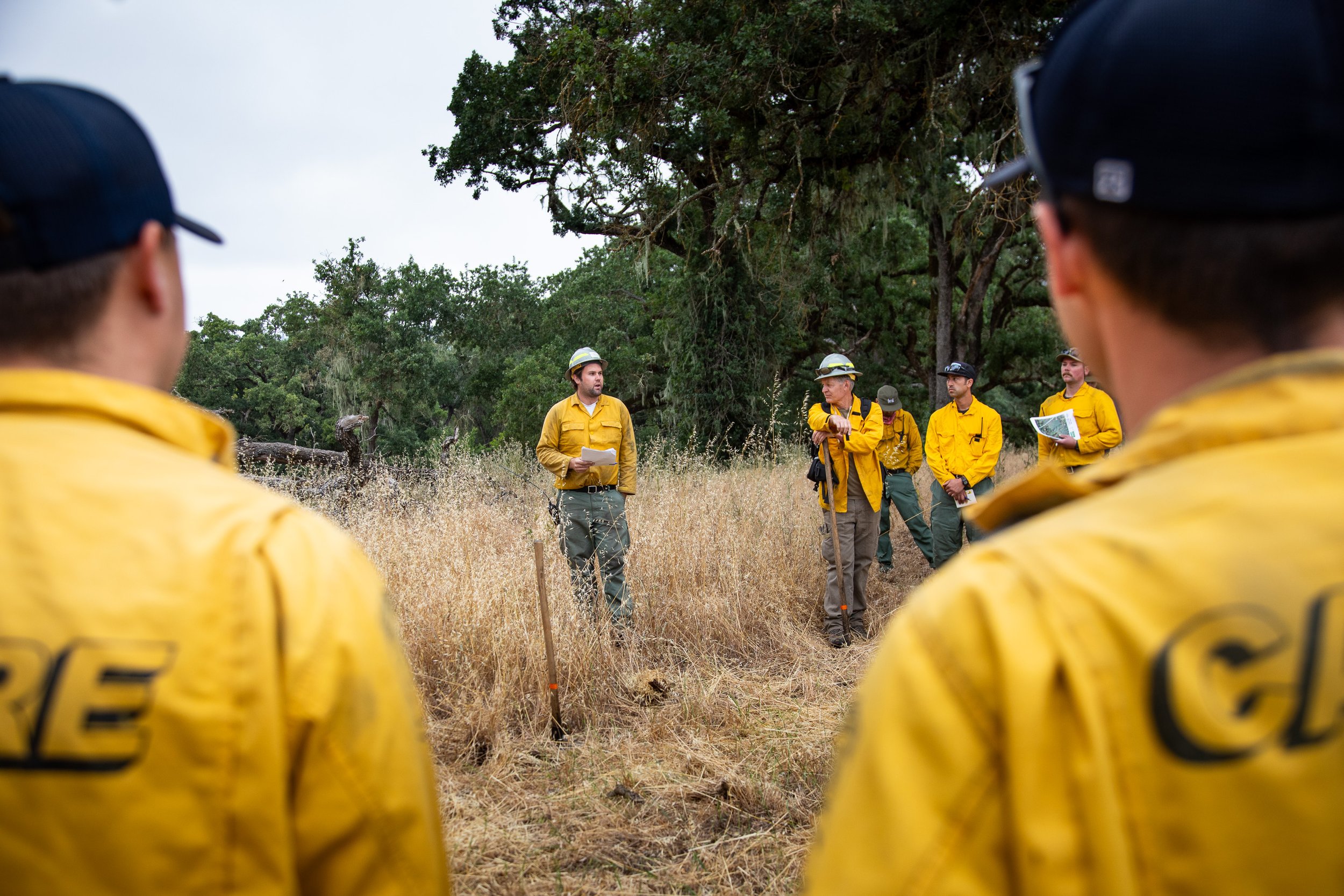
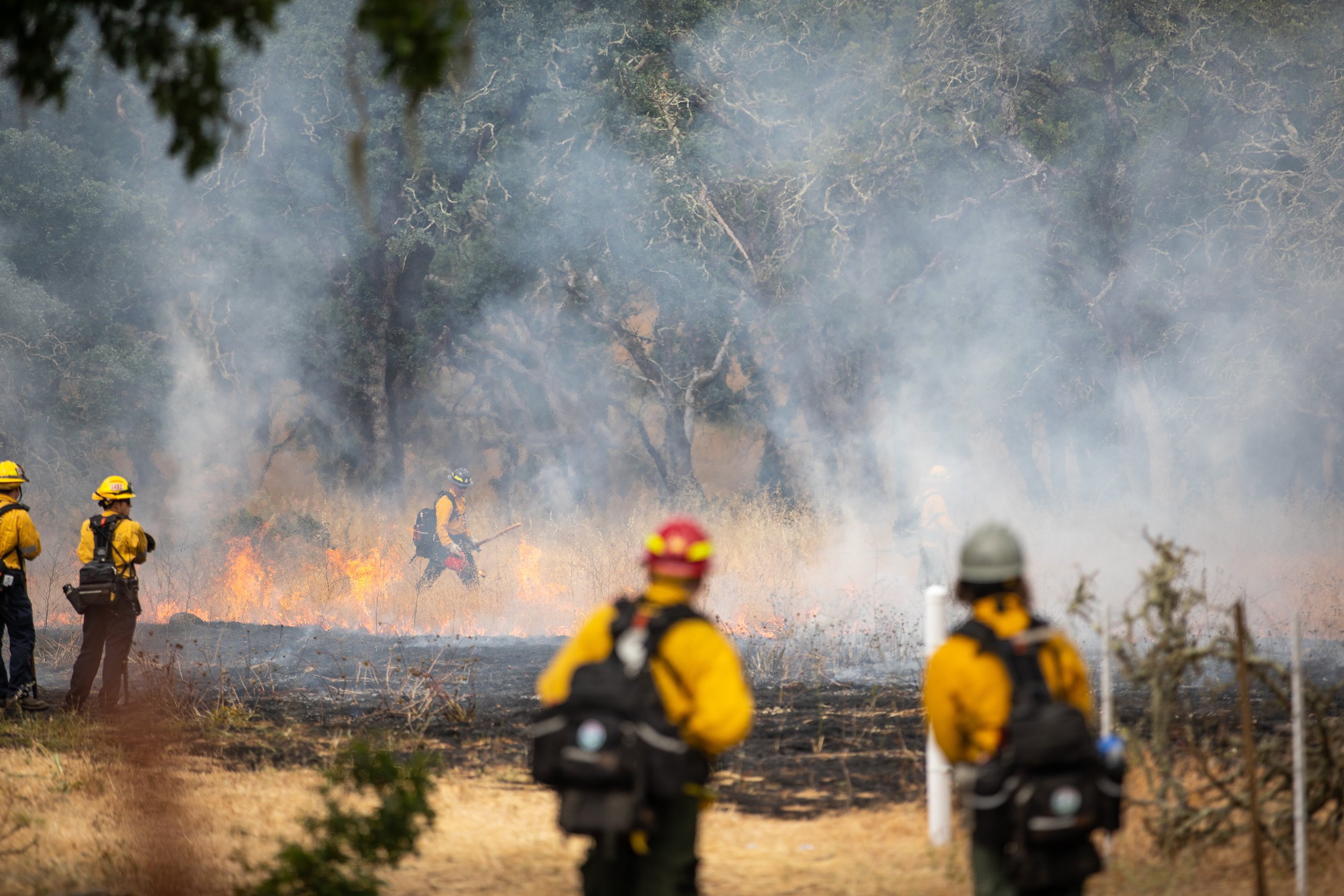


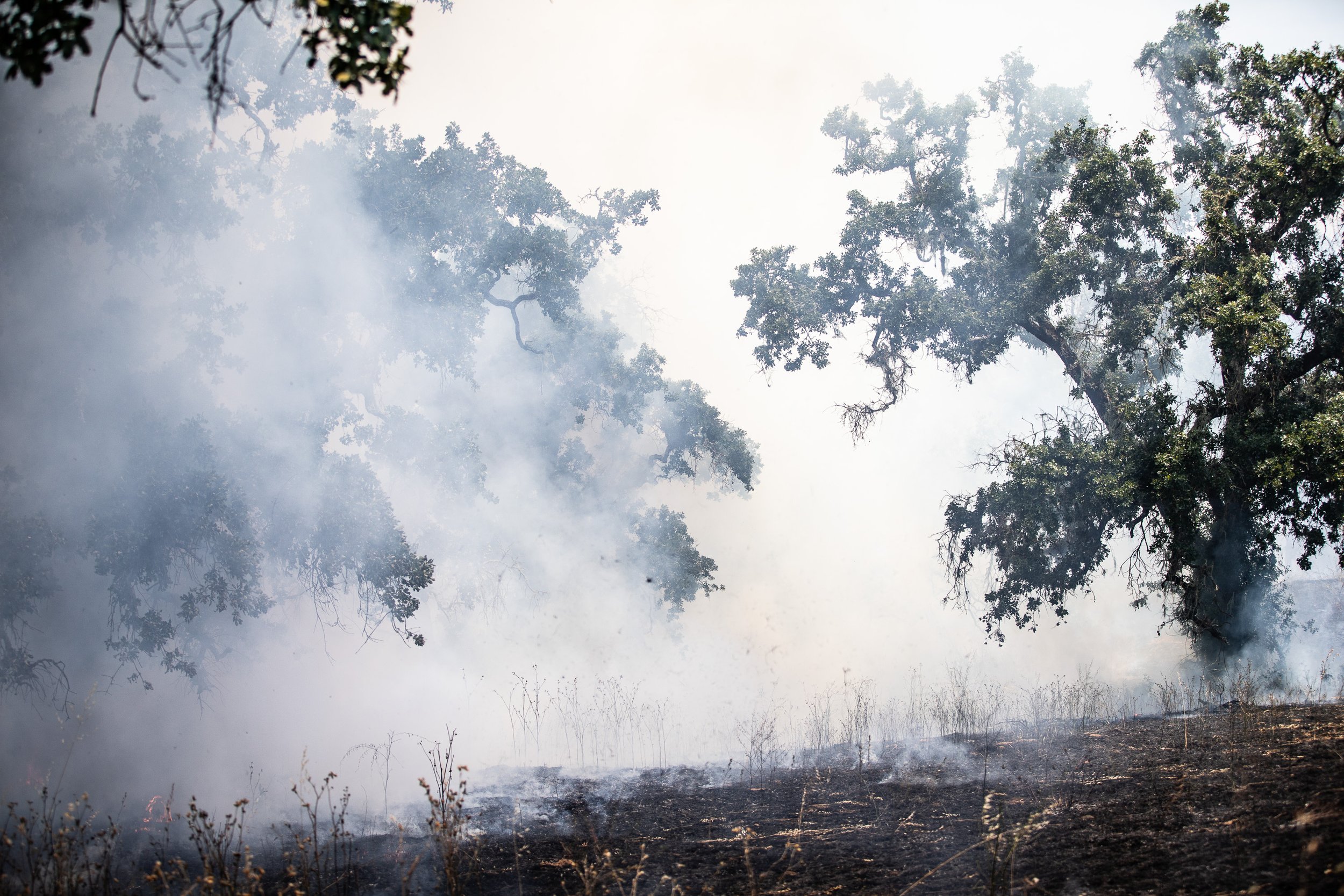
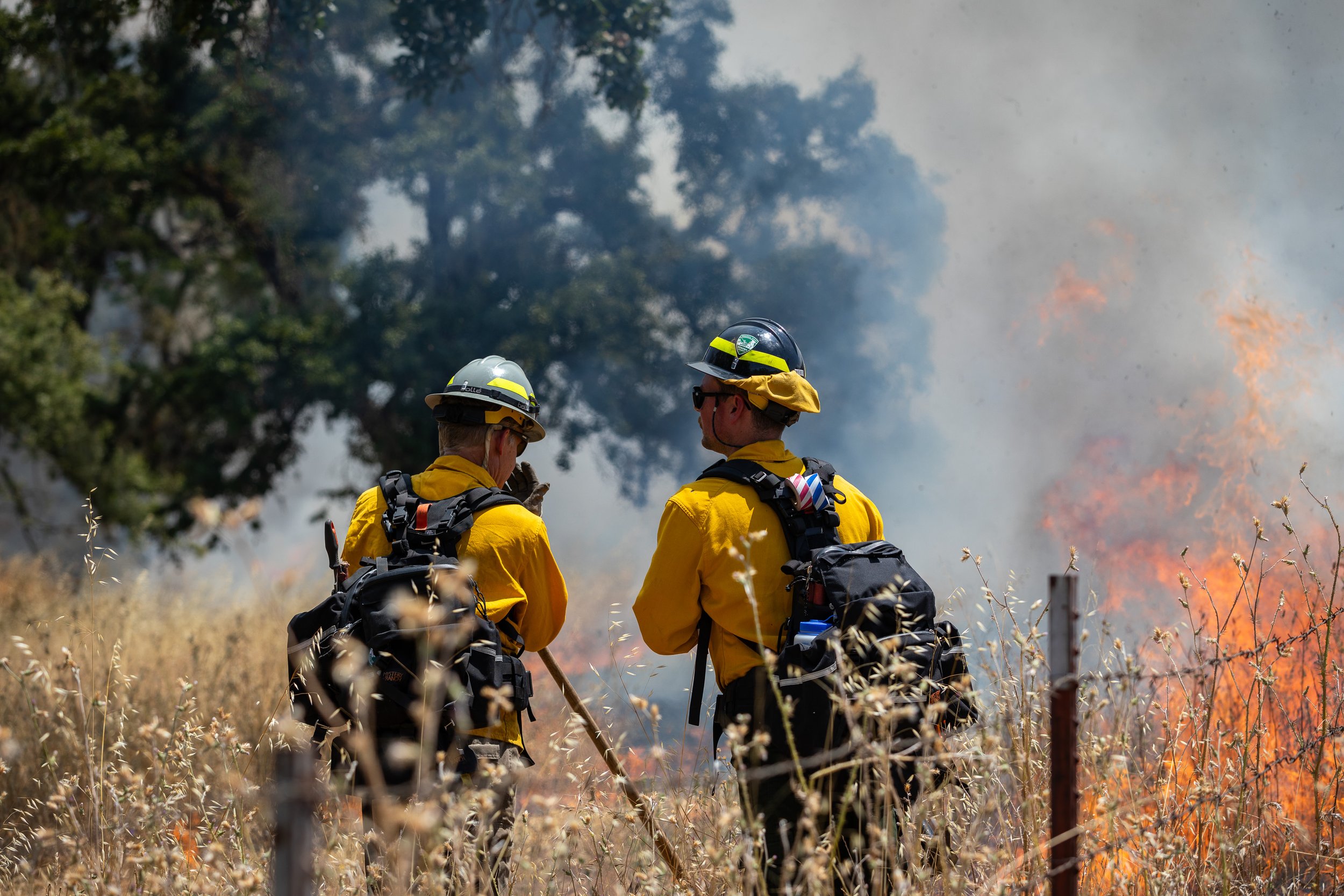
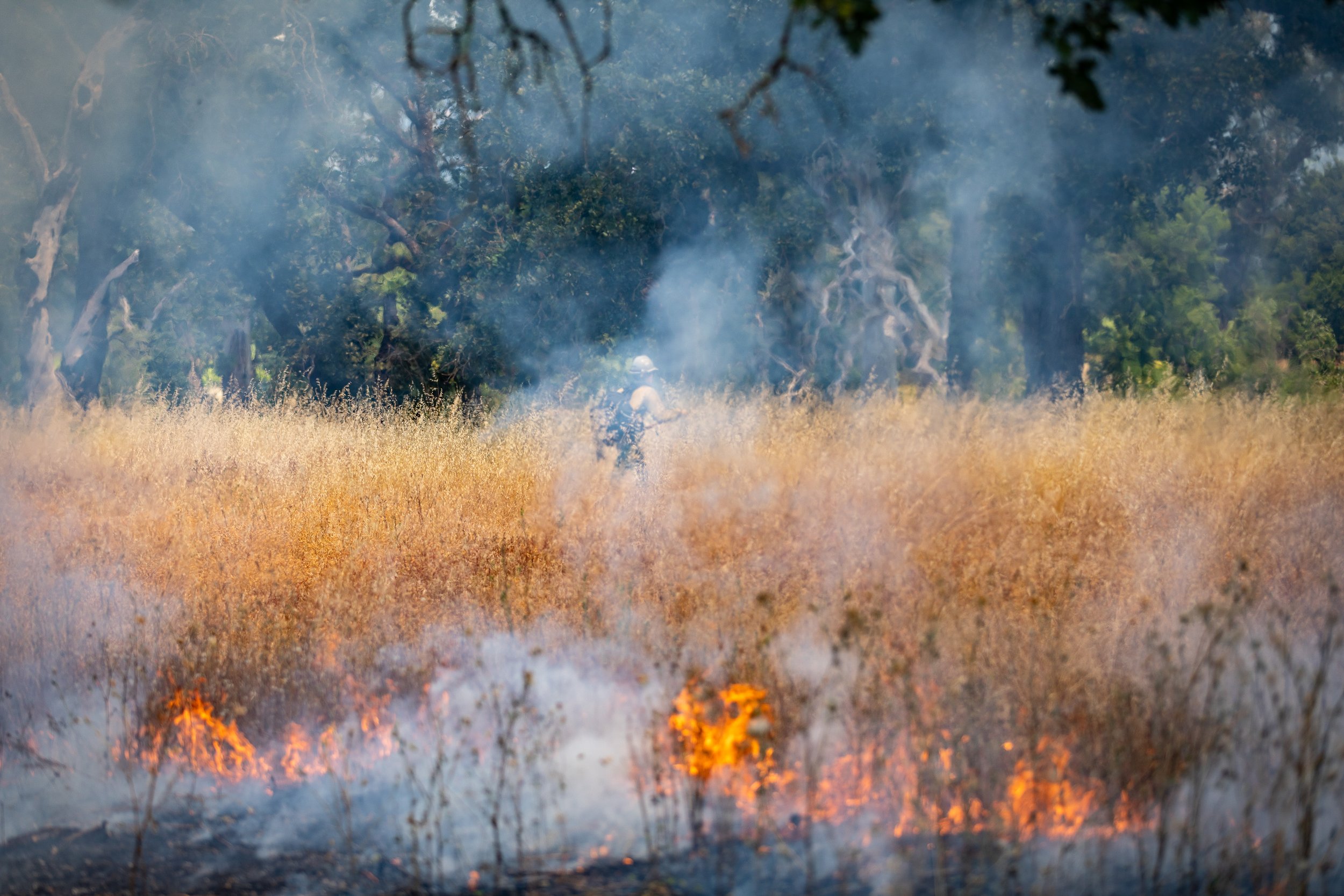
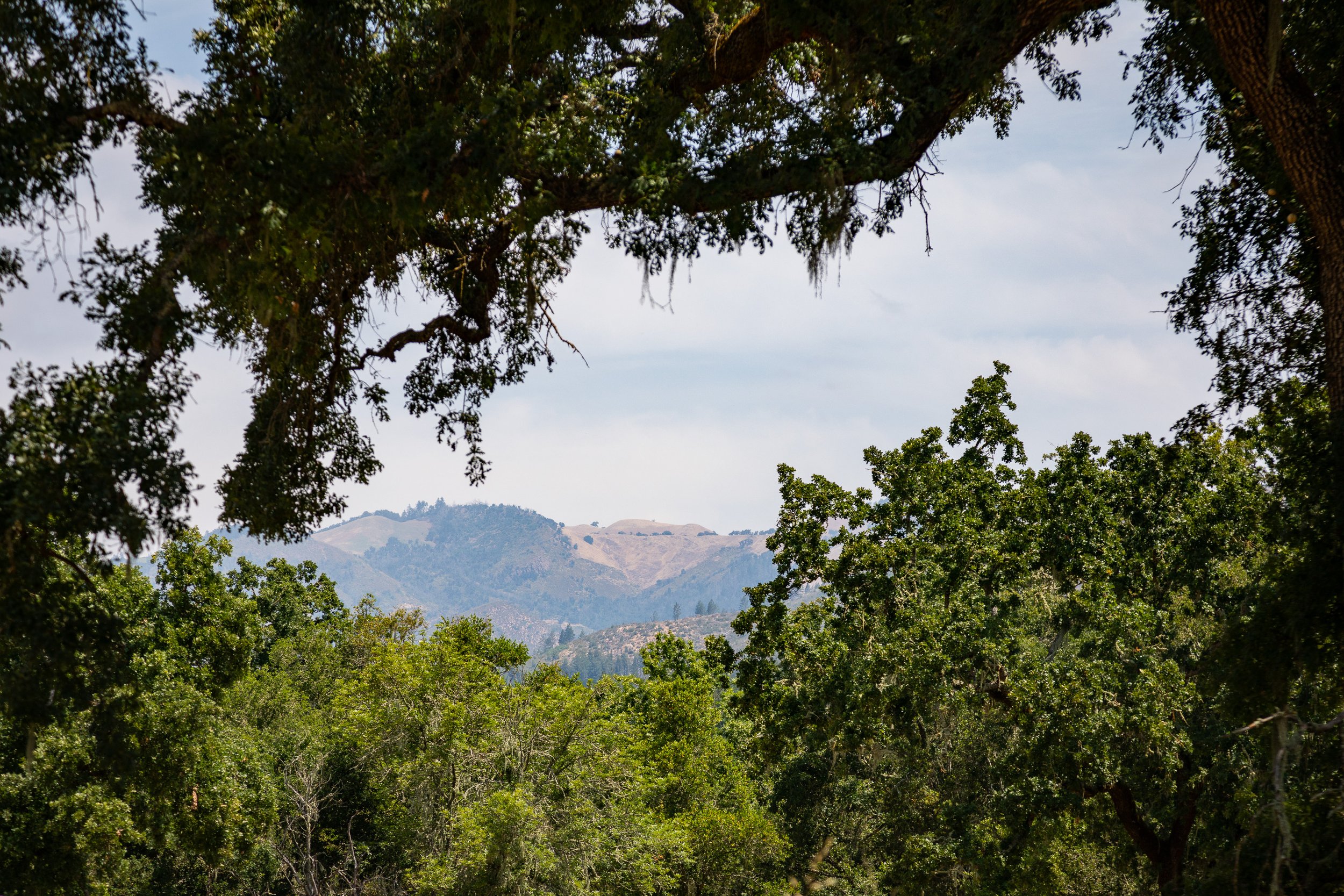

Featured in the first image is Joe Plaugher, Stewardship Project Manager for Sonoma Land Trust and a burn boss in training. He planned the prescribed burn (also referred to as an Rx burn) and organized and oversaw the operation as it commenced. When I asked about the flame height, the volunteer I was talking with (a retired firefighter named Ethan), said, “I’m not worried about tall flames. What I don’t like to see is flat flames, being pushed by the wind. Those move fast.”
The fire was planned and led by burn boss trainee, Joe Plaugher and overseen by Sasha Berleman, the Director of the Fire Forward program at Audubon Canyon Ranch. They were performing the Rx burn to remove non-native annual grasses and improve conditions for wildflowers, native plants, and oak seedlings and of course this also serves to keep those oaks producing lots of delicious acorns (note I only rarely eat acorns and mostly leave them for other wildlife :). Post-burn, that plot of land will now be safer from fire this year and in the coming years, while offering a reduced fuel zone along an important evacuation route between Santa Rosa and Sonoma on Hwy 12. The land under the oaks was cleared from invasive grasses, while leaving the oaks intact and healthy. This has been done in oak woodlands for centuries and will leave the land more resilient to fire in future.
I am always so grateful for the opportunity to watch and learn from people who are so dedicated to the craft of applying fire to the land. It’s amazing to watch them color within the lines, keeping fire within the boundaries they’d planned and prepared with the help of a dedicated team of volunteers and professional support crew. I can’t wait for my next chance to get out there.

